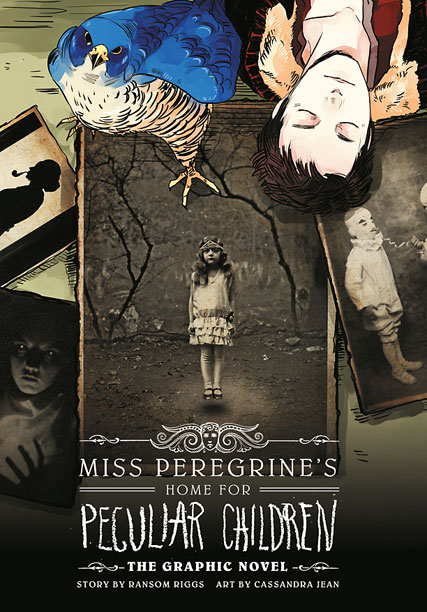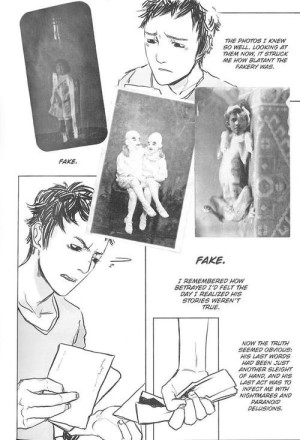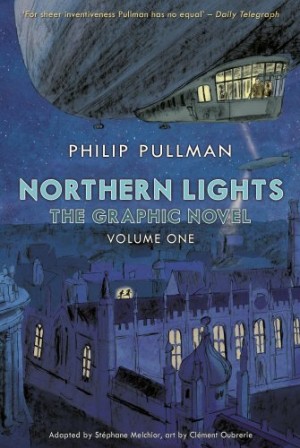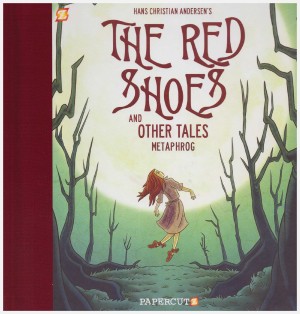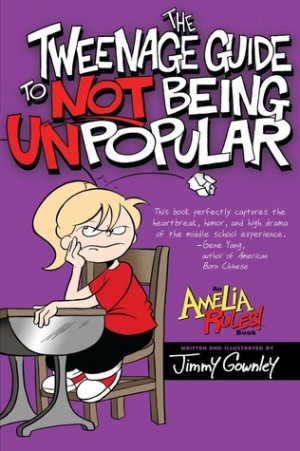Review by Ian Keogh
Those unfamiliar with the 2011 novel or the 2016 film may find the title off-putting. Ignore any internal speculation as to what it might suggest, as that’s unlikely to cover the actual content.
When a young child, Jacob Portman was captivated by his grandfather’s stories of escaping from Poland to the USA during World War II via a house in Britain protected by a bird that smoked a pipe. These were accompanied by photographs of children achieving the miraculous. As he grew, Jacob dismissed these tales, only later learning they were metaphorical. When his grandfather is murdered, seemingly by a monster, the stories take on a renewed meaning, and following his grandfather’s cryptic last words, Jacob visits an island off the Welsh coast to investigate his heritage.
Whatever he expected, it wasn’t a newfound capacity to travel back to 1940, to an island of the mysterious under threat from the German bombs of World War II, nor to meet his grandfather’s previous companions.
Photographs are an extremely important element of the novel from which this is adapted, indeed they provided the original inspiration, so are similarly included between the panels here. Their effect, though, is somewhat weakened by being surrounded by Cassandra Jean’s illustrations. The back cover quotes author Random Riggs claiming the art is exactly how he imagined the story in his head, which must surely be ascribed to hyperbole as it would mean he envisaged his cast existing in a world largely without background or detail. Jean’s art relies overwhelmingly on figures to tell the story, and these are superbly drawn, conveying a depth of emotion equal to the novel. This compensates for the odd occasion when the adaptation stutters, when a significant chunk of information is imparted via a page or more of floating text blocks. A little more effort would have gone a long way.
By the midway point Jacob has learned much about his grandfather’s former companions, and the concept of a time loop, which protects them by permitting them to avoid the day of their death via existing within the same day from 1940 in perpetuity. There is a culture of what are deemed “Peculiars”, but also monsters intent on hunting them down. It’s a very rare Peculiar able to see a monster.
Jacob’s growth from uncertain child into community protector is documented via hesitation and disbelief as a new world unfolds, but as with so many children’s/young adult’s stories, the protagonist is only able to flourish via parental neglect, a convenience to be glossed over. The strengths of the original plot carry through the graphic novel, with a decision to be made hanging over a time of desperation and an unexpected revelation. That’s perhaps too coincidental, but the surprise has the desired effect.
The story continues in The Hollow City, previewed in the back of this book, with a seemingly inevitable and disturbing fate awaiting the cast.
